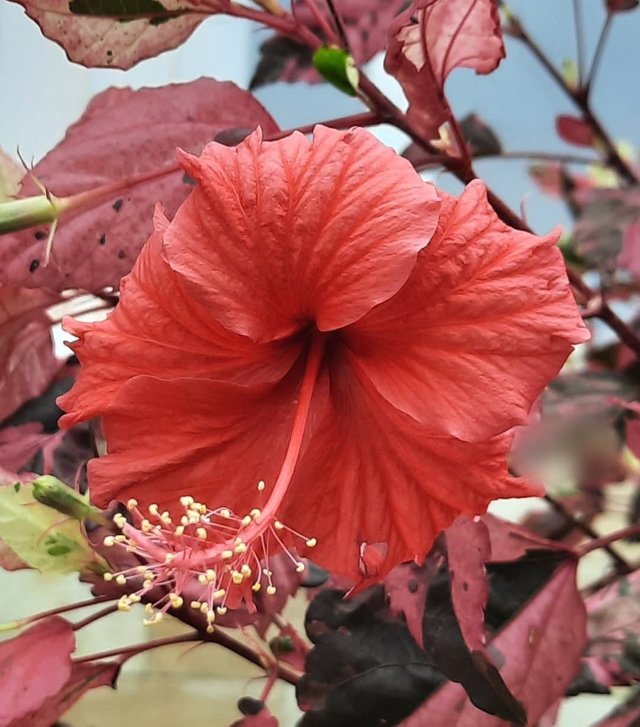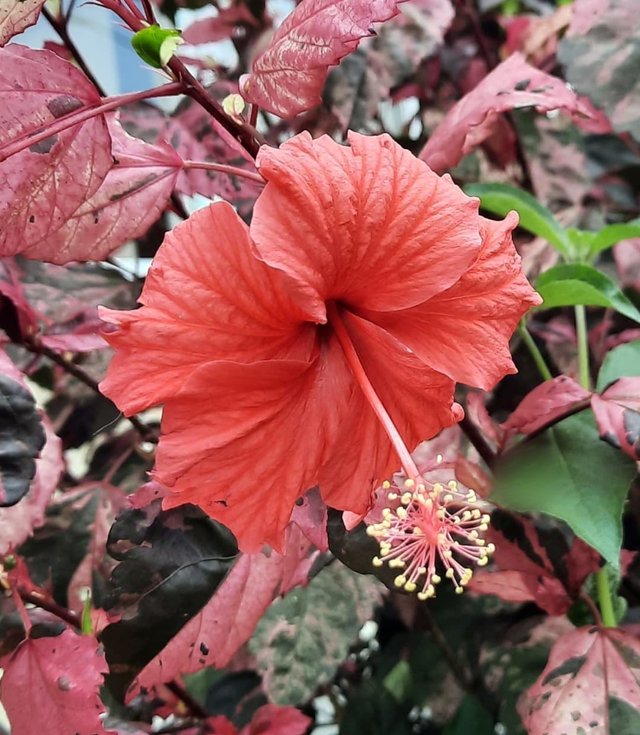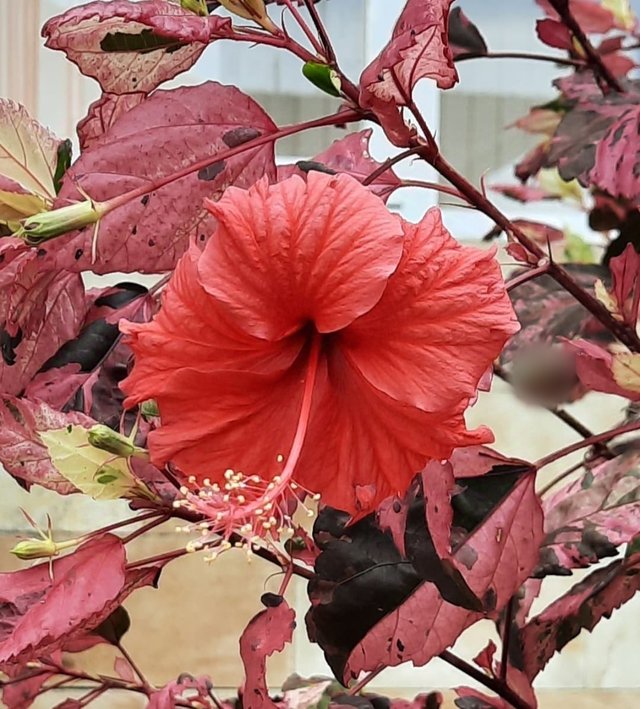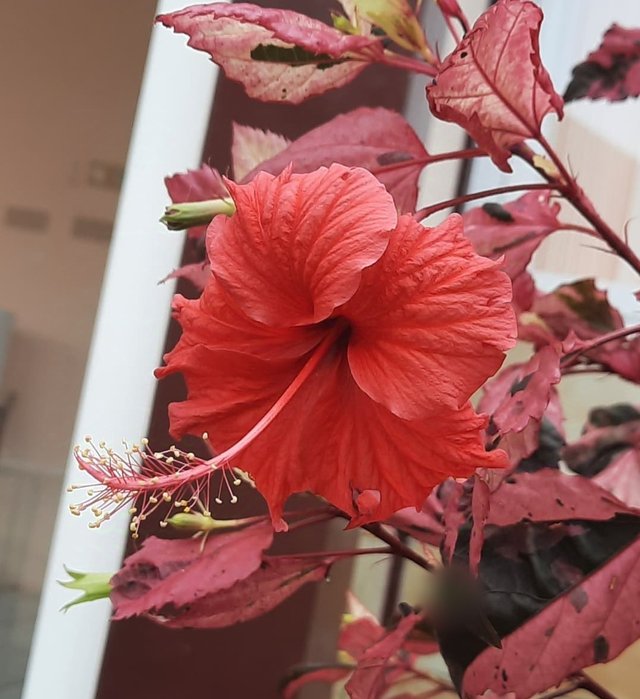The shoeblackplant, commonly known as Hibiscus rosa-sinensis or Chinese hibiscus, is a beautiful, hardy flowering plant that has become a popular choice in gardens and landscapes around the world. Native to East Asia, particularly China, the shoeblackplant has spread across tropical and subtropical regions due to its vibrant flowers and low-maintenance care requirements. Let’s dive deeper into the characteristics, history, cultivation, and uses of this remarkable plant.
Botanical Characteristics
The shoeblackplant is a member of the Malvaceae family, which includes other plants like cotton and okra. It is an evergreen shrub that can grow anywhere from 2 to 5 meters tall, depending on its growing conditions and pruning. The plant is famous for its large, showy flowers, which can be red, pink, yellow, orange, or even white. These flowers typically bloom singly or in pairs at the leaf axils and can range from 10 to 15 centimeters in diameter.
The blooms are funnel-shaped with five delicate petals surrounding a prominent central stamen, which adds to the exotic appeal of the plant. One of the most fascinating aspects of shoeblackplant flowers is their short lifespan. Each bloom only lasts for a day or two, but the plant produces flowers in such abundance that it maintains a continuous display of color over many months. The leaves are glossy, dark green, and slightly toothed along the edges, providing a lush, tropical backdrop for the brilliant blooms.
Common Names and Cultural Significance
While “shoeblackplant” is a lesser-known name, it originates from an old practice of using the flower’s juice as a shoe polish in some regions, particularly in parts of India and Southeast Asia. The more familiar names like “Chinese hibiscus” or “Hibiscus rosa-sinensis” underscore its Asian origins and its prominence in traditional culture.
In many cultures, the shoeblackplant holds symbolic significance. In Hawaii, it is known as the Hawaiian hibiscus and is considered a national symbol. It is commonly used in leis, adding a splash of color to traditional garlands. In Hindu and Buddhist cultures, hibiscus flowers are often used in religious offerings, symbolizing purity and divine beauty.




Thanks For Reading
Device Information
| Device | Redmi Note 10 Pro |
|---|---|
| Lens | 64 mp |
| Location | Bangladesh |
